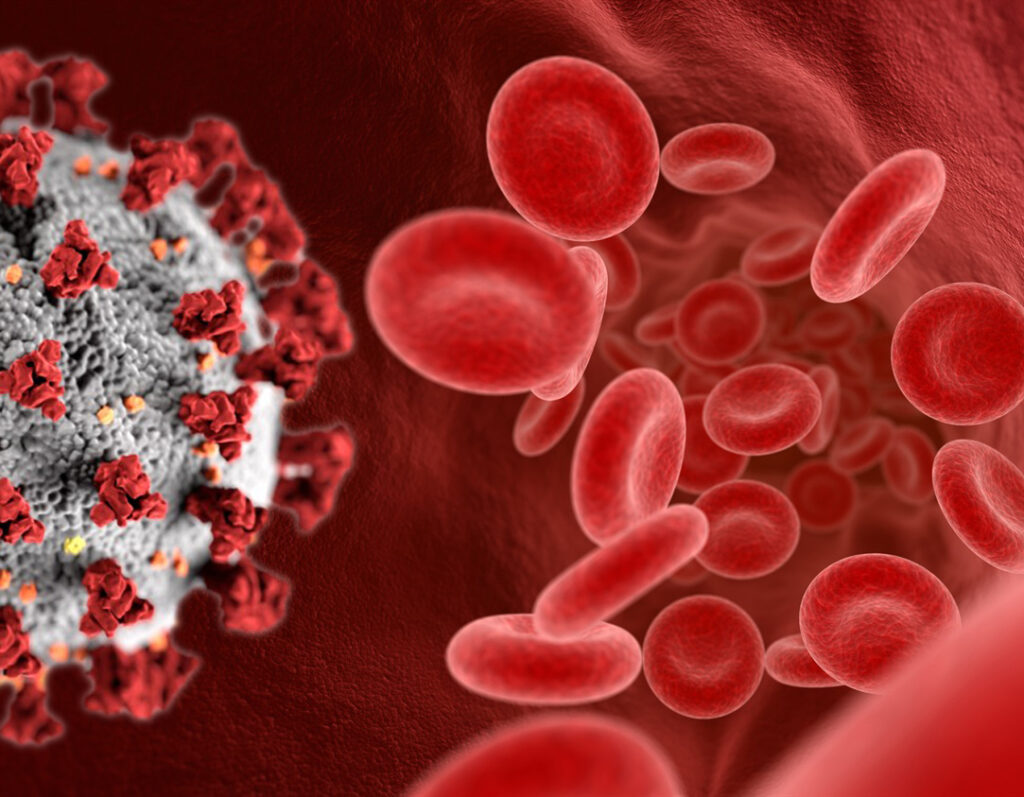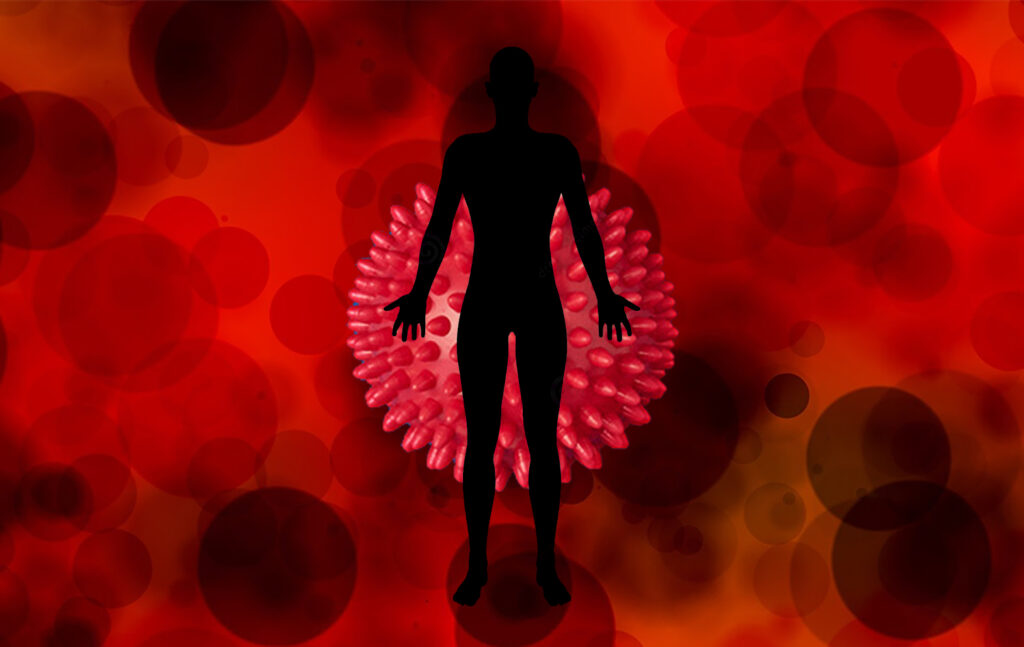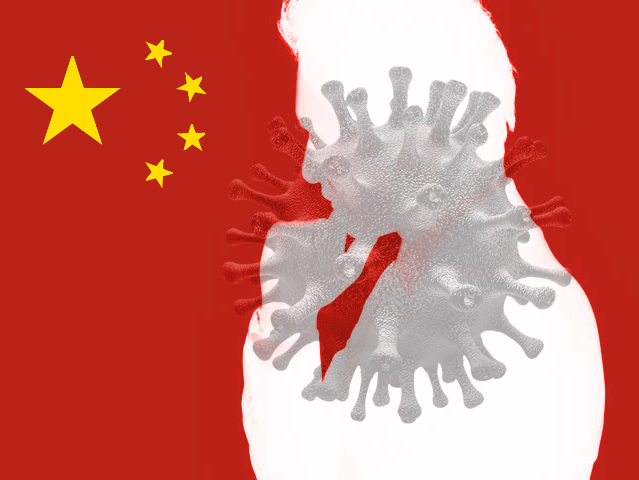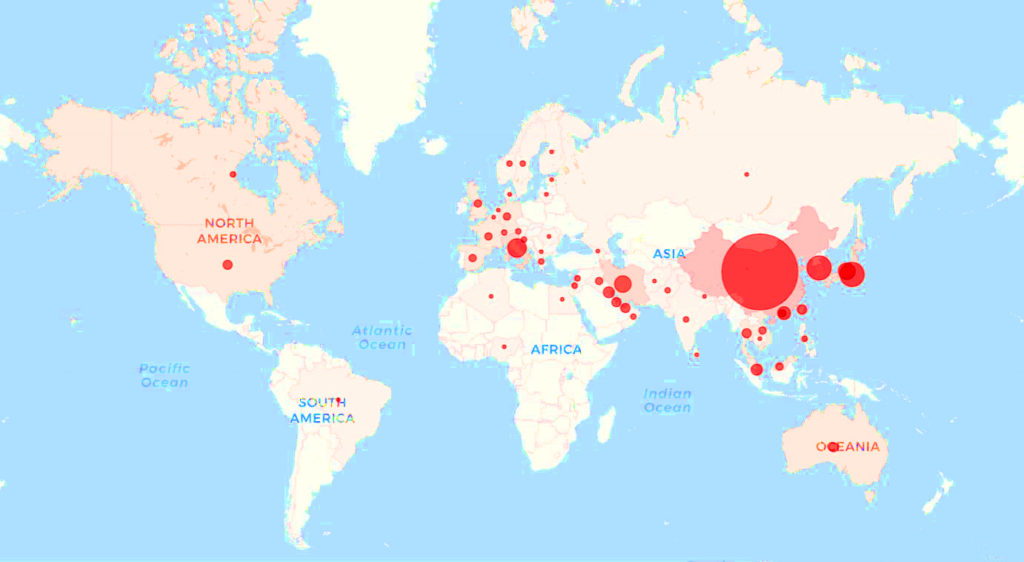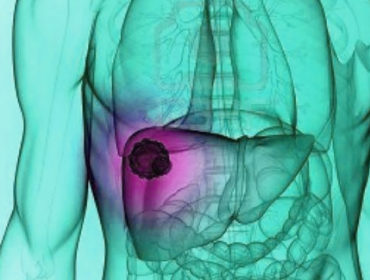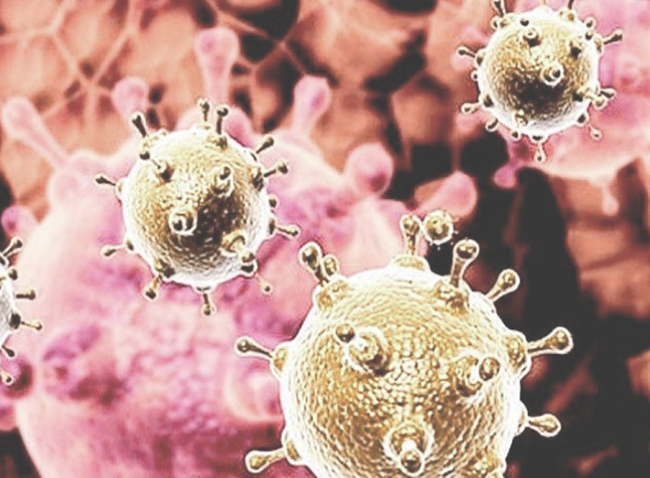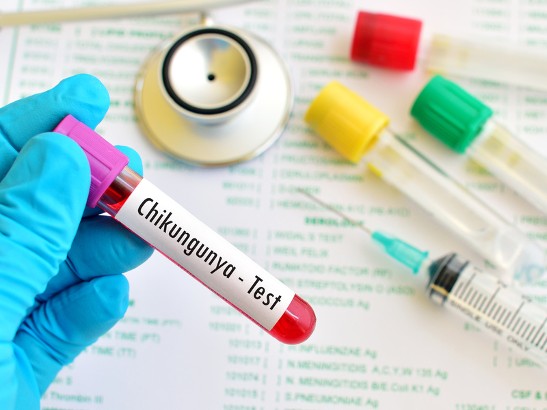Numerous viral pathogens can be transmitted through blood. Most of the viruses, in fact, spreads in the host organism transported from the bloodstream (viremia) to reach its target organ. The degree of transfusion safety guaranteed by the combined action of the clinical-anamnestic selection of voluntary donors, periodicals and unpaid, and the serological methods and genome amplification for screeening of communicable infections is very high at this time.
The risk of transmission by transfusion therapy of hepatitis B virus infections, hepatitis C and HIV has gradually decreased over the past decades thanks to the introduction of numerous preventive strategies. The window phase, that is, the temporal gap that goes from the moment of infection to the moment of seroconversion, during which an infected donor can have a high viremia in the absence of signs and / or symptoms of infection, in fact, it has been greatly reduced from combined action of the measures mentioned above.
16 October 2023
HUMAN IMMUNODEFICIENCY VIRUS, HEPATITIS C VIRUS AND HEPATITIS B VIRUS INCIDENCE IN BLOOD DONORS FROM 2000 TO 2020 IN FRANCE: TRENDS AND LESSONS FROM HAEMOVIGILANCE SURVEILLANCE
Data from 21 years (2000–2020) of haemovigilance were used to assess human immunodeficiency virus (HIV), hepatitis B virus (HBV) and hepatitis C virus (HCV) incidence rates in repeat blood donors and the occurrence of transfusion-transmitted (TT) viral infections. Blood donors who converted for HIV, HCV or HBV markers within serial three-year analysis periods were included. Epidemiological […]
16 October 2023
Ultrasensitive PCR system for HBV DNA detection: Risk stratification for occult hepatitis B virus infection in English blood donors
Occult hepatitis B (HBV) infection (OBI), characterized by low viral loads, accounts for much of the risk of HBV transfusion‐transmitted infection. With anticore antibodies (anti‐HBc) screening introduced in England, the imperative to identify OBI donors has increased. We aimed to develop an ultra‐sensitive PCR system and investigate risk factors for HBV DNA presence in blood […]
31 January 2022
Effect of Hepatitis E Virus RNA Universal Blood Donor Screening, Catalonia, Spain, 2017‒2020
Hepatitis E virus (HEV) is the major cause of acute viral hepatitis in several countries in Europe. HEV is acquired mainly by consumption of contaminated pork but can also be transmitted through blood transfusion. HEV infection is usually self-limited but can become persistent in immunocompromised persons. During the first 30 months of HEV RNA universal […]
9 November 2021
Management of COVID-19-associated coagulopathy in persons with haemophilia
The authors propose practical guidance for the diagnosis and management of COVID-19 coagulopathy in persons with haemophilia. The SARS-CoV-2 coronavirus-induced infection (COVID-19) can be associated with a coagulopathy mainly responsible for pulmonary microvasculature thrombosis and systemic thromboembolic manifestations. The pathophysiology and management of the COVID-19 coagulopathy are likely more complex in patients with inherited bleeding […]
9 November 2021
Challenges and concerns of patients with congenital bleeding disorders affected by coronavirus disease 2019
The work shows the problems faced by Iranian patients with congenital bleeding diseases following the pandemic. Coronavirus disease 2019 (COVID-19) is a new medical challenge for all individuals, especially for those with underlying disorders, such as congenital bleeding disorders (CBDs). Therefore, the pandemic might significantly change the behaviour of patients with CBDs and results in […]
17 March 2021
Management of COVID-19-associated coagulopathy in persons with haemophilia
The SARS-CoV-2 coronavirus-induced infection (COVID-19) can be associated with a coagulopathy mainly responsible for pulmonary microvasculature thrombosis and systemic thromboembolic manifestations. The pathophysiology and management of the COVID-19 coagulopathy are likely more complex in patients with inherited bleeding diseases such as haemophilia. These individuals might indeed present with both bleeding and thrombotic complications and require […]
1 March 2021
COVID-19 VACCINATION GUIDANCE FOR PEOPLE WITH BLEEDING DISORDERS
It is important that hemophilia treatment centres, in close collaboration with patient organizations, take action to inform people with bleeding disorders about the COVID-19 vaccines and contribute to an effective vaccination program. People with bleeding disorders are not at greater risk of contracting COVID-19 or developing a severe form of the disease, so they are […]
18 January 2021
Management of COVID-19-associated coagulopathy in persons with haemophilia
The SARS-CoV-2 coronavirus-induced infection (COVID-19) can be associated with a coagulopathy mainly responsible for pulmonary microvasculature thrombosis and systemic thromboembolic manifestations. The pathophysiology and management of the COVID-19 coagulopathy are likely more complex in patients with inherited bleeding diseases such as haemophilia. These individuals might indeed present with both bleeding and thrombotic complications and require […]
18 November 2020
COVID-19 transmission and blood transfusion: A case report
The recent outbreak of the novel coronavirus disease 2019 (COVID-19) has been labelled as a pandemic by the World Health Organization. Although person-toperson transmission of the etiologic agent, severe acute respiratory syndrome coronavirus 2 (SARS-CoV2), has been confirmed, it is not known whether COVID-19 may be transmitted by blood transfusion. Notwithstanding the urgent requirement of […]
16 November 2020
How haemophilia A impacts severe acute respiratory syndrome coronarovirus 2 ( SARS-Cov-2) treatment: a case report
In this article, the authors describe the case of a mild hemophiliac patient suffering from Covid-19 pneumonia, focusing their attention on how the presence of hemophilia affects the management of COVID pneumonia. The typical symptoms of COVID-19 mimic those of the common season flu. In addition, several changes in the coagulation processes have been observed. […]
23 April 2020
HEMOPHILIA AND SARS-COV-2 INFECTION
In January the SARS-COV-2 infection exploded in the chinese city of Wuhan and spread worldwide. At the moment there are no news on the impact in people with hemophilia. In the letter to the editor recently published (Cui Dongyan et al. Haemophilia. 2020 Apr 1. doi: 10.1111/hae.14000. [Epub ahead of print]) the authors report on […]
24 March 2020
Coronavirus Disease 2019: Coronaviruses and Blood Safety
With the outbreak of unknown pneumonia in Wuhan, China, in December 2019, a new coronavirus, Severe Acute Respiratory Syndrome Coronavirus 2 (SARS-CoV-2), aroused the attention of the entire world. The current outbreak of infections with SARS-CoV-2 is termed Coronavirus Disease 2019 (COVID-19). The World Health Organization declared COVID-19 in China as a Public Health Emergency of International Concern. Two other coronavirus infections-SARS in 2002-2003 and […]
13 February 2019
Multiple HBV transfusion transmissions from undetected occult infections: revising the minimal infectious dose
Hepatitis B remains a global major public health issue and a viral infection transmissible by transfusion. The risk of HBV transfusion transmitted infection has been reduced by the selection of donors; the continuous improvement of serological assays to detect the HBV surface antigen (HBsAg); the implementation of anti-HBc screening for antibodies against the HBV core […]
4 January 2019
Epidemiology of hepatocellular carcinoma (HCC) in hemophilia
Hepatocellular carcinoma (HCC) is an important cause of increasing mortality in elderly hemophilia population. Majority of the patients treated with virus non-inactivated factor concentrates prepared from large plasma pools prior to 1985 have been found to be infected with hepatitis C virus (HCV), a major risk factor for HCC. A PubMed search of articles published […]
18 September 2018
Access to Direct-Acting Antiviral Therapy for Hepatitis C: the barriers imposed by USA
Direct antiviral agents (DAA) for the treatment of chronic hepatitis C virus (HCV) infection showed high rates of cure, approaching 95% success. Based on these results some scientific societies have hypothesized complete viral eradication in a couple of decades if DAA treatment is given to all chronic HCV-infected patients. However, the high costs of DAAs […]
6 August 2018
Hiding in Plain Sight? It’s Time to Investigate Other Possible Transmission Routes for Hepatitis E Virus (HEV) in Developed Countries
Historically in developed countries, reported hepatitis E cases were typically travellers returning from countries where hepatitis E virus (HEV) is endemic, but now there are increasing numbers of non-travel-related (“autochthonous”) cases being reported. Data for HEV in New Zealand remain limited and the transmission routes unproven. We critically reviewed the scientific evidence supporting HEV transmission […]
23 February 2018
Hepatitis E virus: advances and challenges
At least 20 million hepatitis E virus (HEV) infections occur annually, with >3 million symptomatic cases and ∼60,000 fatalities. Hepatitis E is generally self-limiting, with a case fatality rate of 0.5-3% in young adults. However, it can cause up to 30% mortality in pregnant women in the third trimester and can become chronic in immunocompromised […]
10 November 2017
Ten years since the last Chikungunya virus outbreak in Italy: history repeats itself
The prevalence of Arbovirus (arthropod-borne virus) infections is increasing worldwide1. Recently, new clusters of autochthonous cases have been reported in countries with temperate climates where the competent vector is present2. This scenario represents a new threat for transfusion medicine3,4. The recent spread of Zika virus, new Dengue outbreaks in previously infection-naïve areas, and the stable […]
17 October 2017
State of the art: West Nile Virus circulation surveillance in Italy and transfusion risk early prevention methods
After the Chikungunya outbreak in 2007 in Italy, a national Plan for the surveillance of human vector-borne diseases has been implemented and annually updated on the basis of the epidemiological changes based-evidences. The transfusion Authorities cooperates, since 2008, with public health services and veterinary (entomological and ornithological) surveillance systems. In some Italian regions, a common […]
8 March 2017
West Nile Virus in Europe and Safety of Blood Transfusion
West Nile virus (WNV) has become an increasing issue in the transfusion setting since 2002, when it was firstly shown in the USA that it can be transmitted through blood transfusion. Since then, several precautionary measures have been introduced in Europe in order to reduce the possible risk of transmission via transfusion/solid organ transplantation. In […]
16 January 2017
Mitigating the Risk of Transfusion-Transmitted Dengue in Australia
Dengue viruses (DENV) are endemic in over 100 countries, with the majority of infections asymptomatic. Dengue viruses can be trasmitted by trasfusion with several cases reported globally. Currently, there is no approved DENV test for blood screening,and although some pathogen inactivation technologies have been demonstrated to effectively inactivate DENV in plasma and platelet components. To […]
9 November 2016
Prevalence, incidence, and risk factors of human immunodeficiency virus infection in blood donors in the Southeastern United States
Human immunodeficiency virus positive blood donors pose a risk to blood safety. The Southeastern United States has the highest reported HIV infection rates. Access to health care, cultural trends, income inequality, poverty, and resistance to advanced diagnostic and prevention techniques are all driving factors of the HIV rates in this area of the country. In […]
11 October 2016
Hepatitis E virus infection in the Irish blood donor population
In Europe virus infections of hepatitis E (HEV) are mainly caused by genotype 3. The highest seroprevalence for anti-HEV IgG in our continent is found in the Netherlands where it reaches 27% of the donors, followed by France 23.6%; Spain with 20%; Denmark 19.8%; England and Wales 12%. The study was aimed at investigating the […]
1 August 2016
HIV and human herpesvirus 8 co-infection across the globe: Systematic review and meta-analysis
HIV-infection is an important risk factor for developing Kaposi sarcoma (KS), but it is unclear whether HIV-positive persons are also at increased risk of co-infection with human herpesvirus 8 (HHV-8), the infectious cause of KS. We systematically searched literature up to December 2012 and included studies reporting HHV-8 seroprevalence for HIV-positive and HIV-negative persons. We used random-effects meta-analysis to combine odds […]
1 August 2016
Occult HCV Infection: The Current State of Knowledge
With a clinical history of approximately 11 years, occult HCV infection can be considered an occult type of CHC. Evidences suggest that considering OCI in these high-risk groups seems to be necessary. We suggest that alternative diagnostic tests should be applied and that there is a need for the participation of all countries to determine the epidemiology of […]








